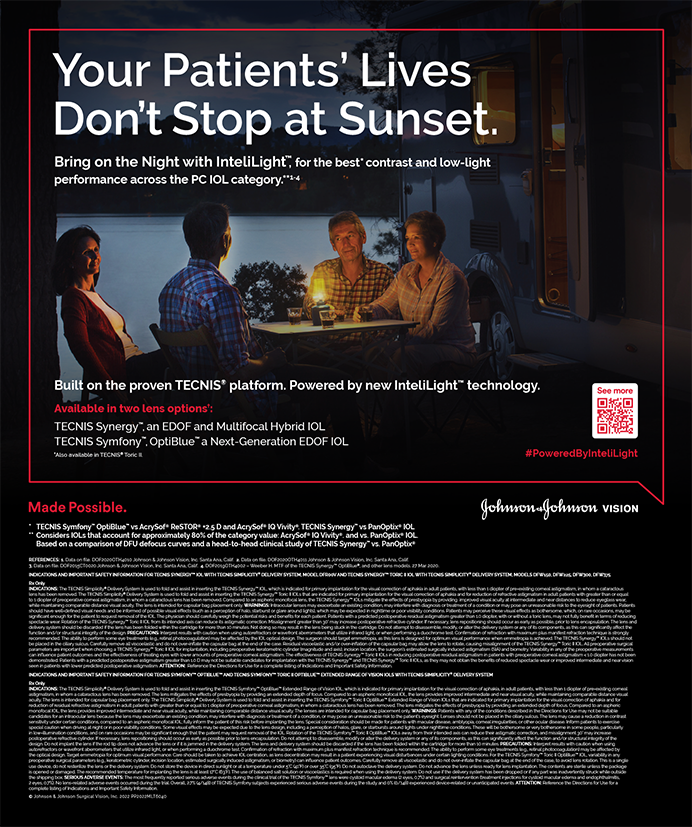Electronic Health Records
The following reader-author exchange refers to an article by Shareef Mahdavi titled, “The EHR Jungle: Survival of the Fittest,” that appeared in our November/December 2013 issue.
I enjoyed this article and would like to share my experience and a few comments. My clinic has used an electronic health record (EHR) system for the past 13 years. In addition, from my experience consulting with numerous other doctors, it is clear to me that we (doctors, clinics, software engineers, etc.) are doing a poor job of implementing EHRs throughout all of medicine. Of course, that statement is not news.
Over the past 50+ years, clinics have developed a complex system of information management using paper and other communication tools. Oftentimes, the systems that our practices used were developed in an unconscious, unenlightened, unstructured manner over many years. These complex paper systems have all kinds of shortcuts, cheat sheets, cryptic filing methods, and other tricks. They do not appear very efficient to software engineers, but in the clinical setting, everyone knows where to find what he or she needs and can find it fast. The subtleties and idiosyncrasies of these highly developed systems are understated and/ or unrecognized by clinicians and software developers alike.
The frustration that clinicians feel with EHRs is due to the loss of that well-developed system. It is unfortunate that most of the emphasis has been on software development. The real problem is that clinicians felt a sense of control over the medical information environment (paper charts) that has not been replaced with a suitable system in the EHR environment.
Questions that never seem to be asked include
- How did I do this with paper?
- Where did I find that report in the past?
- What is the equivalent function from the old system (paper) in the new system (EHR)?
- Why does this have to be so difficult? We used to just do this or that.
These types of questions and their answers would help create greater acceptance of EHRs across all platforms independent of whether the software was “good” or “bad.” Of course, the better software wil usually win out, but that will take time, consolidation, and the other market events consistent with the software business. Software companies need to focus much more on the control of the medical information and replacing “old” paper system functions with new “computer” functions when they do their training rather than the technical aspects of the software. The company that manages this part of the engagement will prevail.
EDWARD L. COLLOTON, MD
Bloomington, Illinois
(309) 662-7700; ecolloton@gmail.com;
ecolloton@gmail.com; www.eye-surgical.com.
Mr. Mahdavi responds.
What I like is that Dr. Colloton focuses on the whole system rather than the single component. I first learned whole systems theory at the University of Michigan from James McConnell, a professor better known for being a Unabomber target, and Kathleen Dannemiller, a consultant who pioneered wholesale change in the workplace. Thus, Dr. Colloton's comments resonate strongly with what I also know to be true. The loss of control is huge, especially for ophthalmologists and their ability to control outcomes through the introduction of new technology in the clinical/surgical setting.
SHAREEF MAHDAVI
Pleasanton, California


